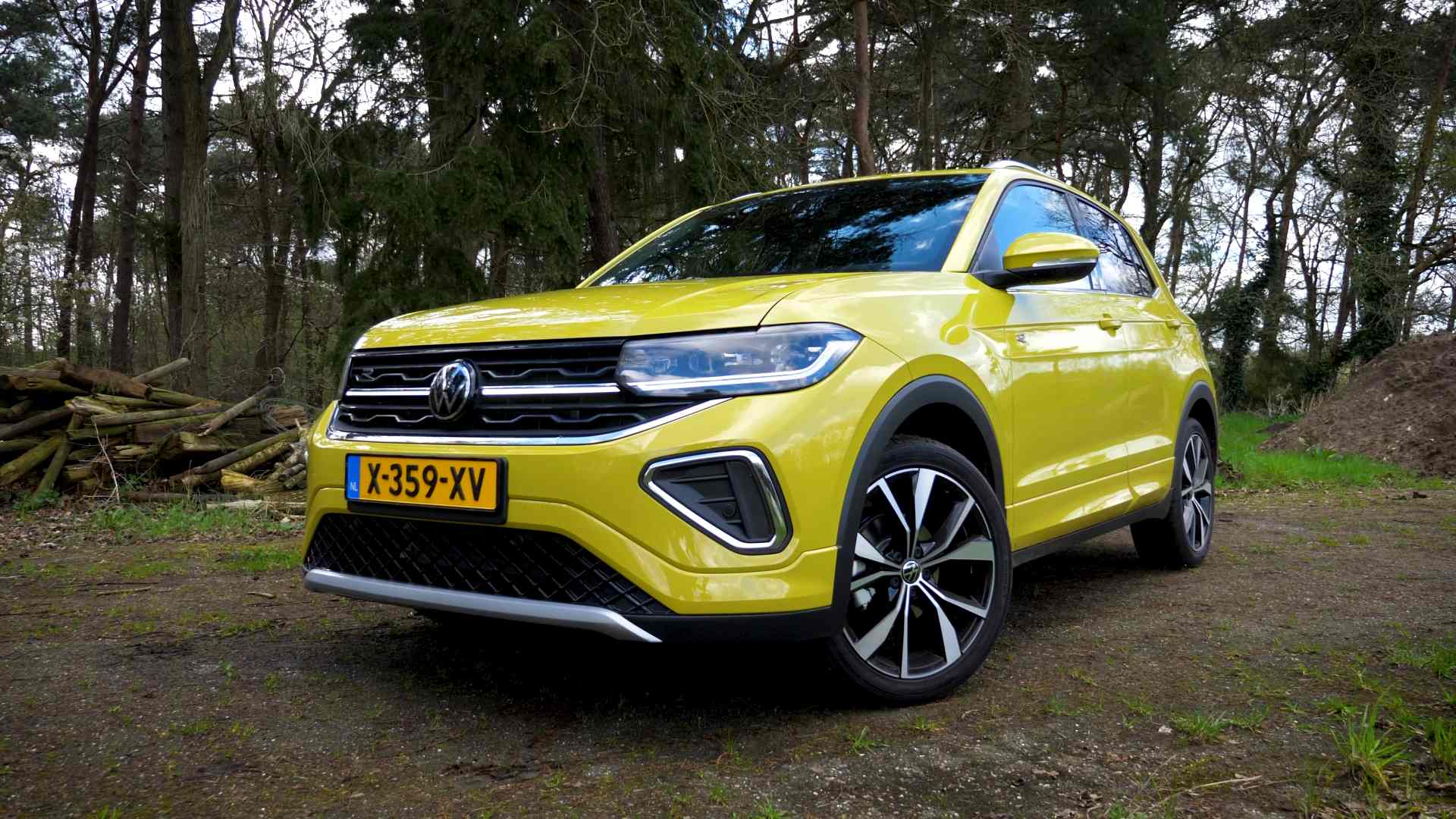Review – Volkswagen T-Cross (2024) – Still a no-nonsense SUV?
2024 Volkswagen T-Cross
To our senses, the T-Cross has been around for a decade, but the model did not make its debut until 2019. Richly late, as brands like Renault, Peugeot and Nissan had compact SUVs in showrooms for years by then. French and Japanese crossovers were unstoppable, so Volkswagen decided to quickly build one as well. It immediately became one of the most no-nonsense cars in Volkswagen’s lineup, with plenty of practicality without unnecessary frills.
Fringe
But a little unnecessary frill can sometimes be quite nice. Consequently, the first-generation T-Cross felt quite austere. The brand is now rectifying that, with an update that adds just a little more frill. This starts on the outside, where there are more color options available. The complimentary base color is Grape Yellow – which you see on our test car – and really stands out. During our week of testing, we even attracted quite a few spectators, something we have never experienced before with the modest T-Cross.
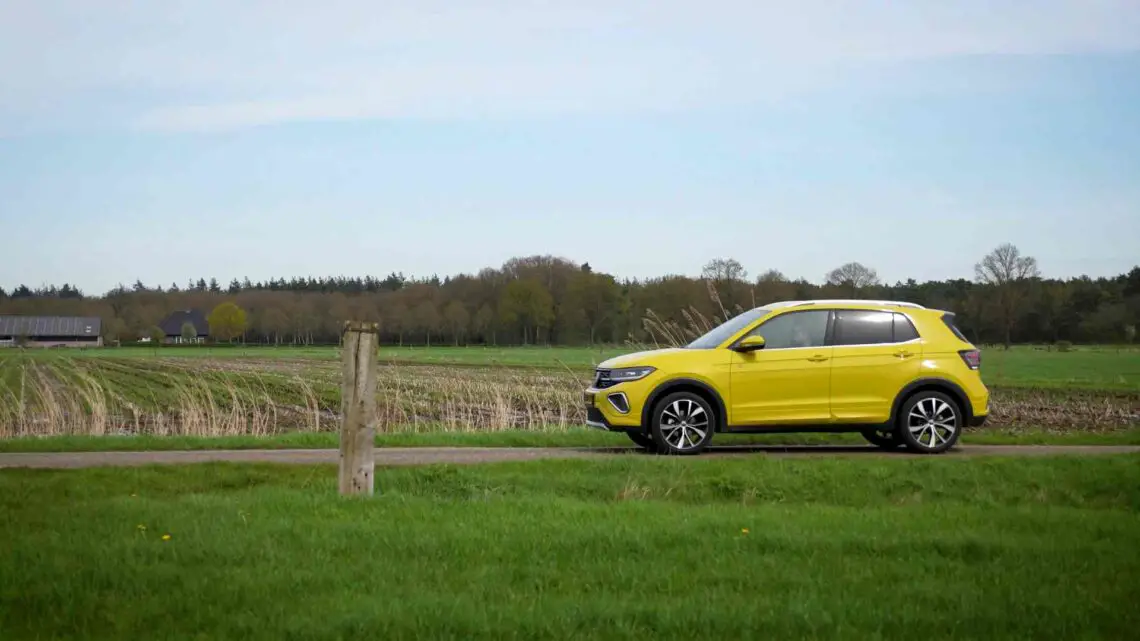
R-Line
But there is more than just color. All versions of the updated T-Cross feature new design elements. We drive the R-Line, which adds an extra dose of sportiness with tough front and rear bumpers and distinctive roof rails. The new Volkswagen logo on the nose, along with the updated grille and bumper design, does not give the T-Cross a completely new face, but it still looks a little fresher than before.
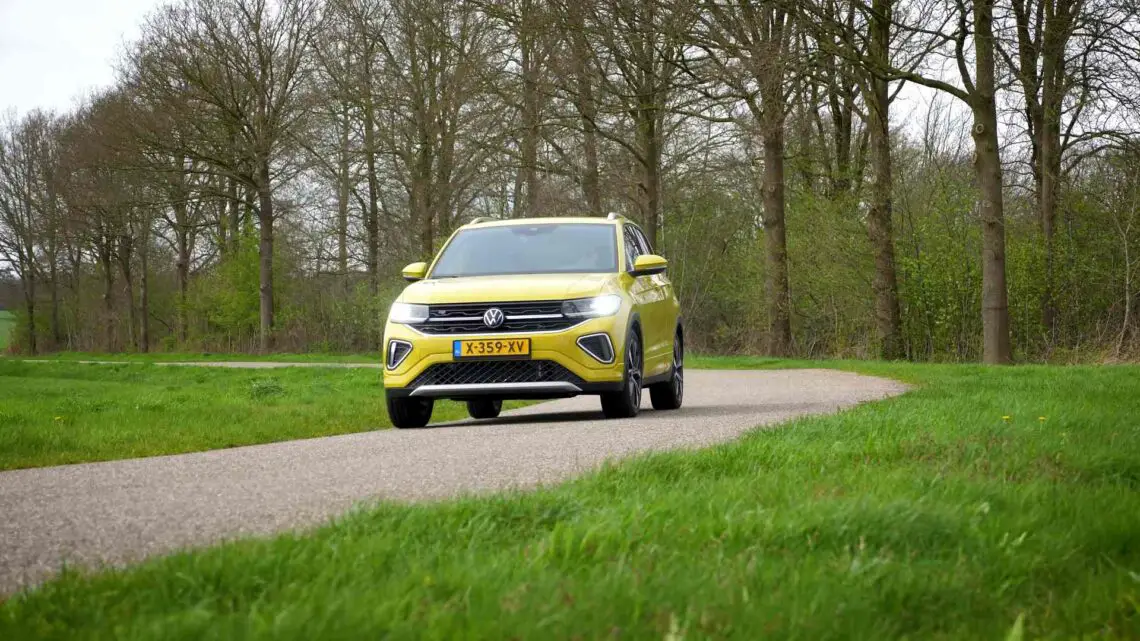
IQ.Light
One of the most striking improvements to the updated T-Cross are the headlights. LED headlights are now standard on the base model, with a subtly modified housing. For the first time, matrix LED lighting is also available on the T-Cross – what they call at Volkswagen IQ.Light – which allows you to keep driving with high beams without blinding oncoming traffic. The IQ.Light package also includes an illuminated LED strip on the grille that connects the headlights.
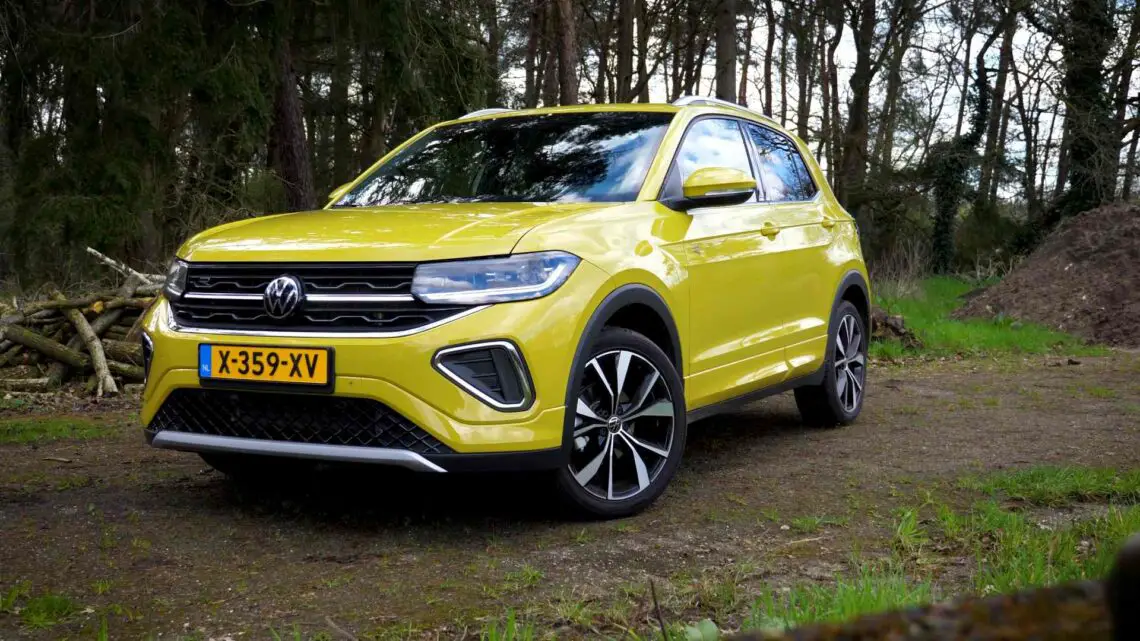
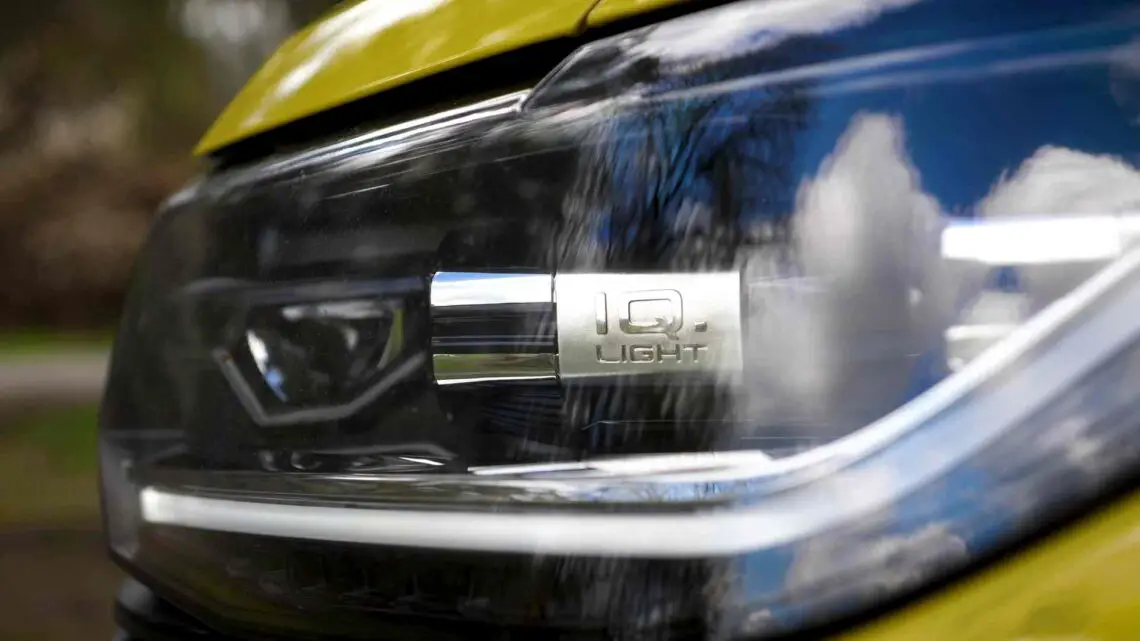


Luggage space and towing capacity 2024 Volkswagen T-Cross
The rear of the T-Cross also has standard LED lighting, complete with an illuminated LED strip. For the R-Line with the IQ.Light package, there are special taillights with a distinctive cross shape, along with a new rear bumper design. Luggage space of 385 liters (expandable to 455 liters thanks to the standard sliding rear seat) is unchanged and is still large enough for a small family for weekly shopping or a vacation abroad. For those who might also want to tow something behind the T-Cross, the 1.0 TSI offers a towing capacity of 1,100 kg, while the more powerful 1.5 TSI can tow up to 1,200 kg.
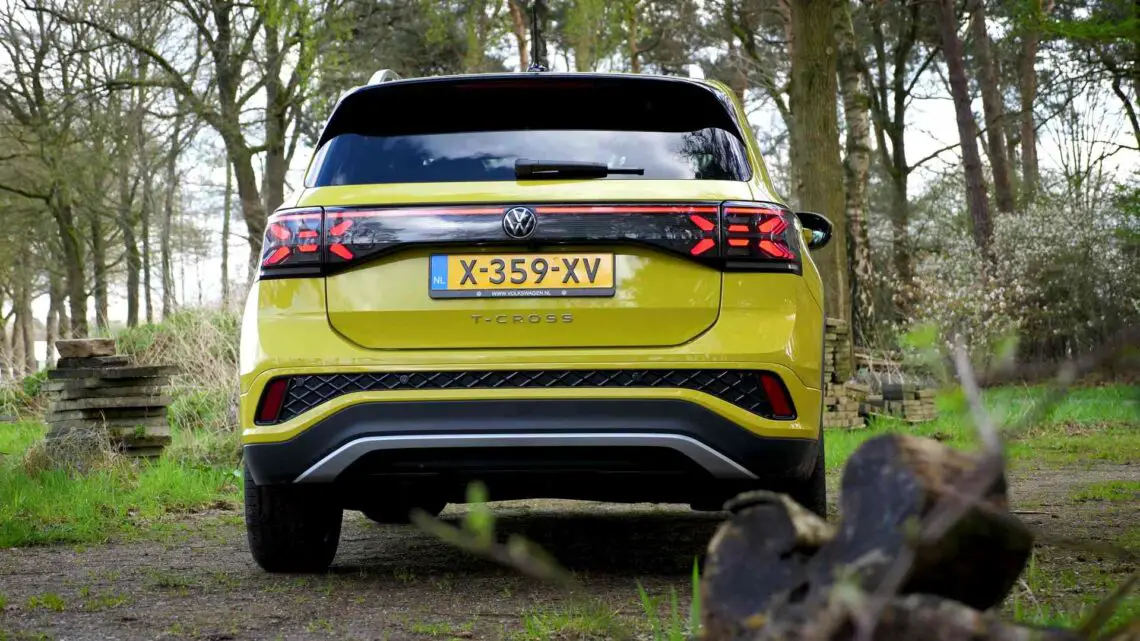

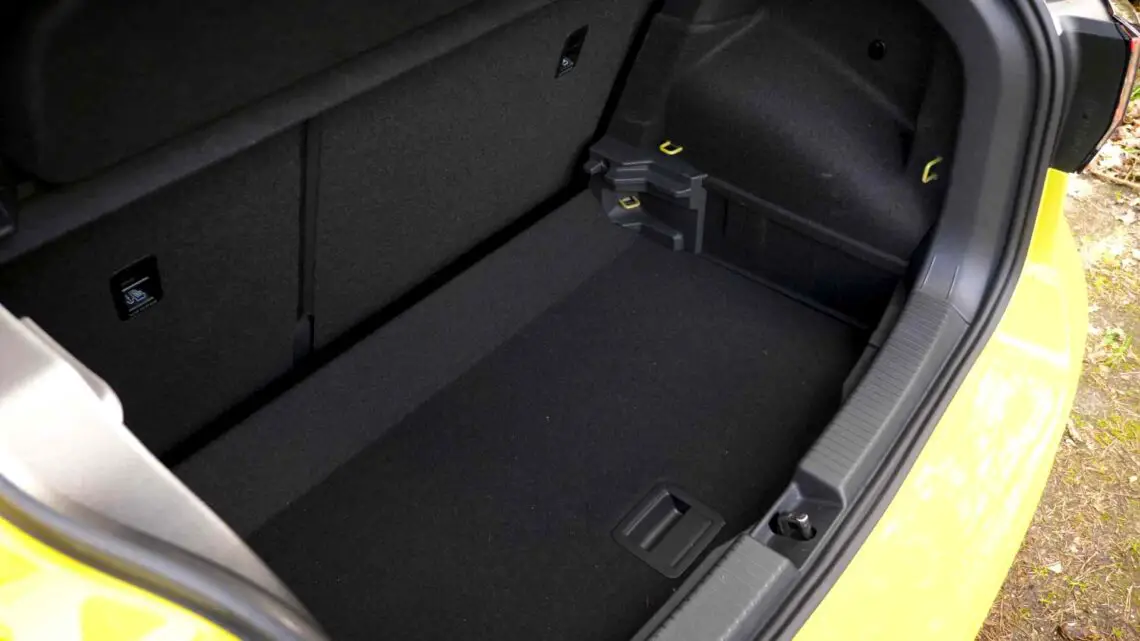
Hard plastic
In the interior of the redesigned T-Cross, you are greeted by a new 10-inch screen behind the steering wheel that displays all essential information, including the navigation map. The infotainment screen, which was previously tightly incorporated into the dashboard, now stands up slightly straighter and appears to be looser from the dashboard, as in many other modern cars. There is new software, which responds remarkably smoothly when we operate it. Fortunately, the climate control remains operable off-screen, but the touch-sensitive buttons of this in the R-Line trim are very awkward to operate while driving. In the basic version, you get three rotary knobs for this, which is strongly our preference. In terms of materials, a small step forward has been made, but a lot of hard plastic still remains.

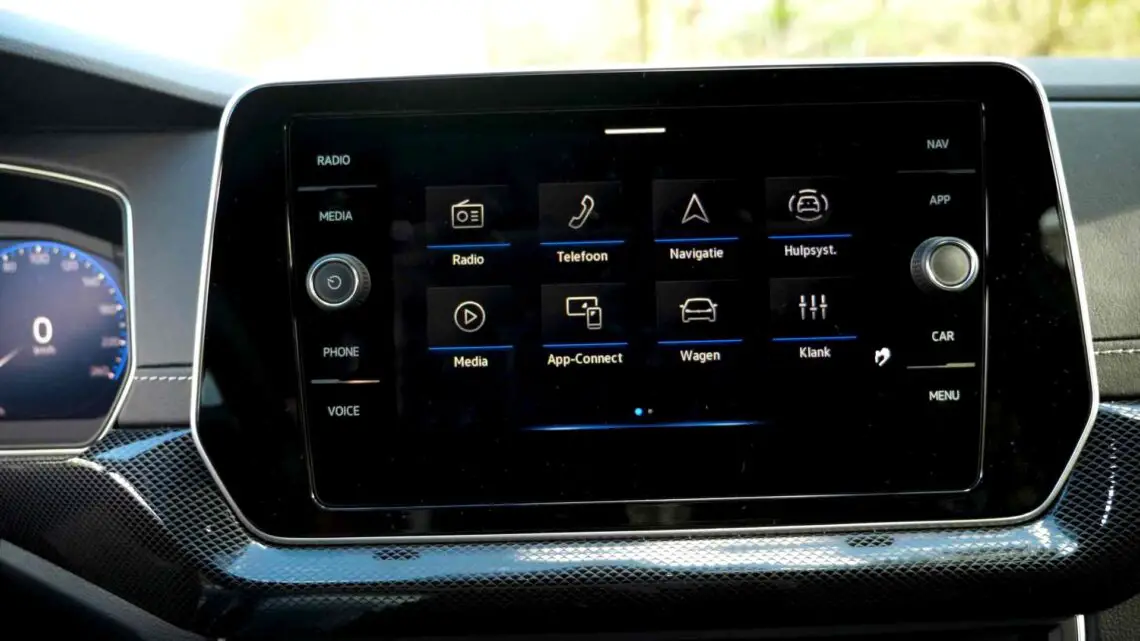
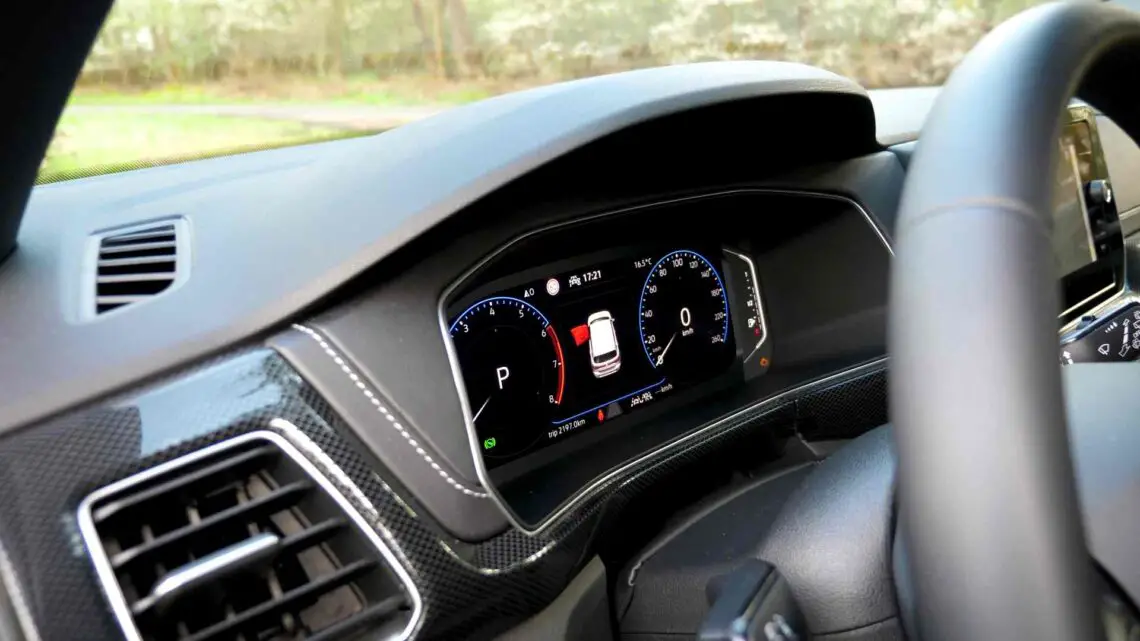
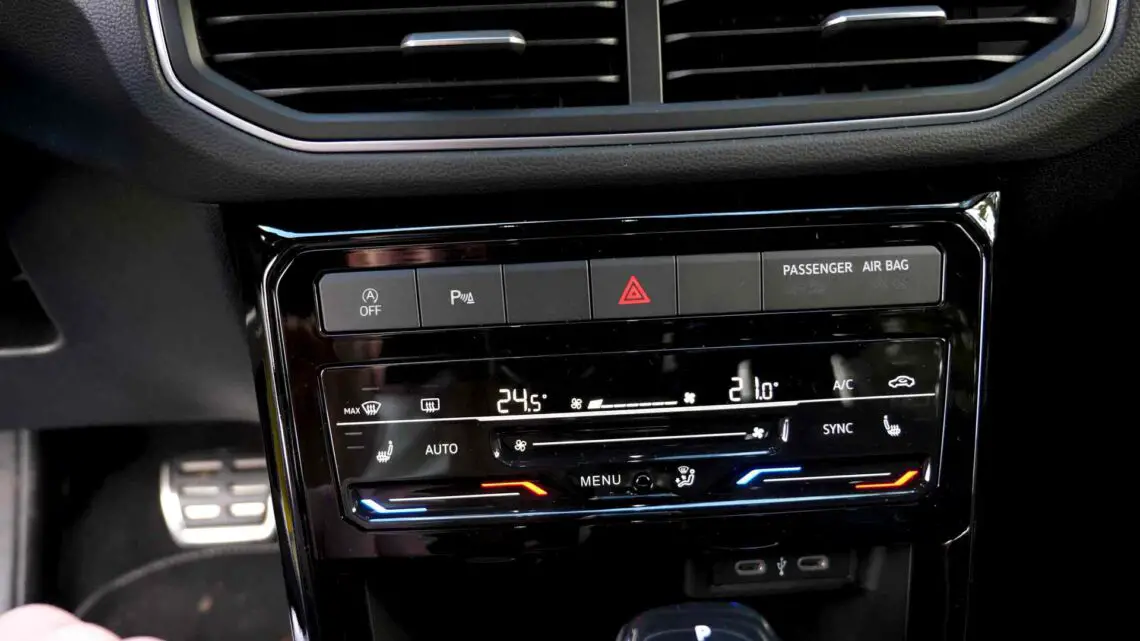
Gasoline and nothing else
The engine range of the updated Volkswagen T-Cross remains unchanged. All engines like gasoline and must have nothing to do with electric assistance. There is a choice of two different power sources and three power ratings. So you can choose between the 1.0 TSI with 95 or 115 hp, or for more power opt for the 1.5 TSI with 150 hp. The 150 hp variant comes standard with a seven-speed automatic transmission, while the 115 hp version is available with both manual and automatic transmissions. The 1.0 TSI with 95 hp always comes with a six-speed manual transmission.

No streamer
Under the hood of our test car is the 115-hp 1.0 TSI mated to the seven-speed automatic transmission, which provides a respectable 0-100 km/h sprint time of 10.3 seconds and a top speed of 192 km/h. Fine performance, but it is notable that a traditional gasoline engine cannot compete with electrified powertrains. Not only electric cars, but also plug-in hybrids, hybrids and even mild hybrids often offer smoother acceleration than the T-Cross. On the other hand: it’s fast enough. Are you often in a hurry? The 1.5 TSI with 150 hp is a bit smoother, with a 0-100 time of about 8 seconds. Consumption at the end of our test week came out to about 1 in 15, somewhat higher than the quoted 1 in 20.
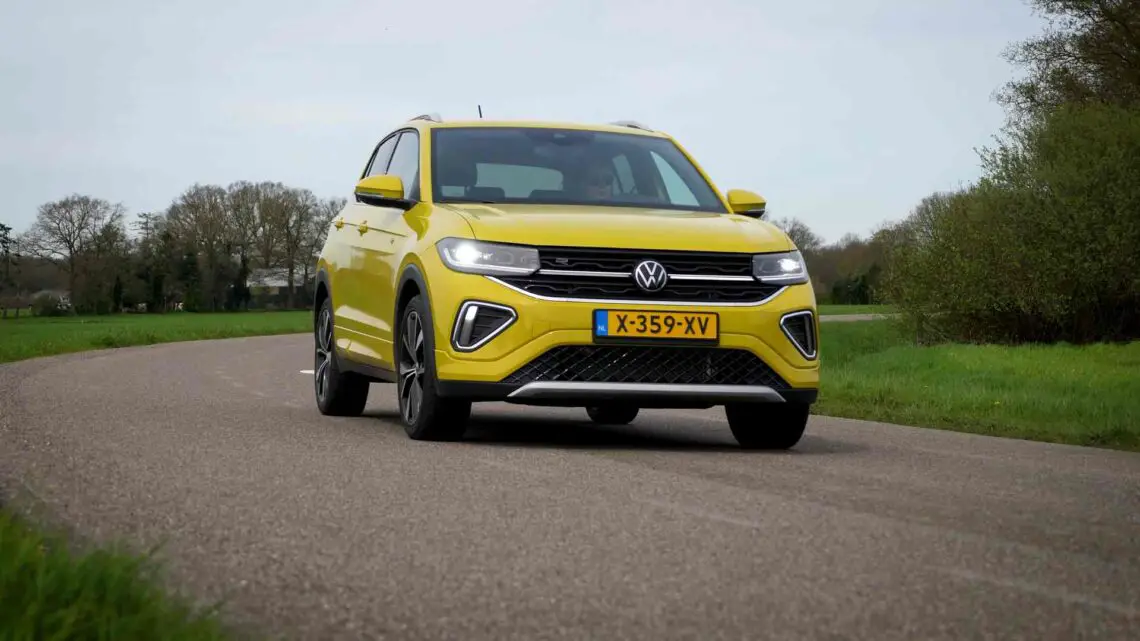
Comfortable
The suspension has not been addressed, so the T-Cross still offers a comfortable driving experience, with a suspension that is not too stiff and not geared toward sporty performance. Clearly, it is designed for comfortable travel from A to B, with adequate suspension comfort and steering feel. With the 18-inch wheels, some rolling noise can be heard. Our advice for those who plan to travel long distances regularly: choose a size smaller.
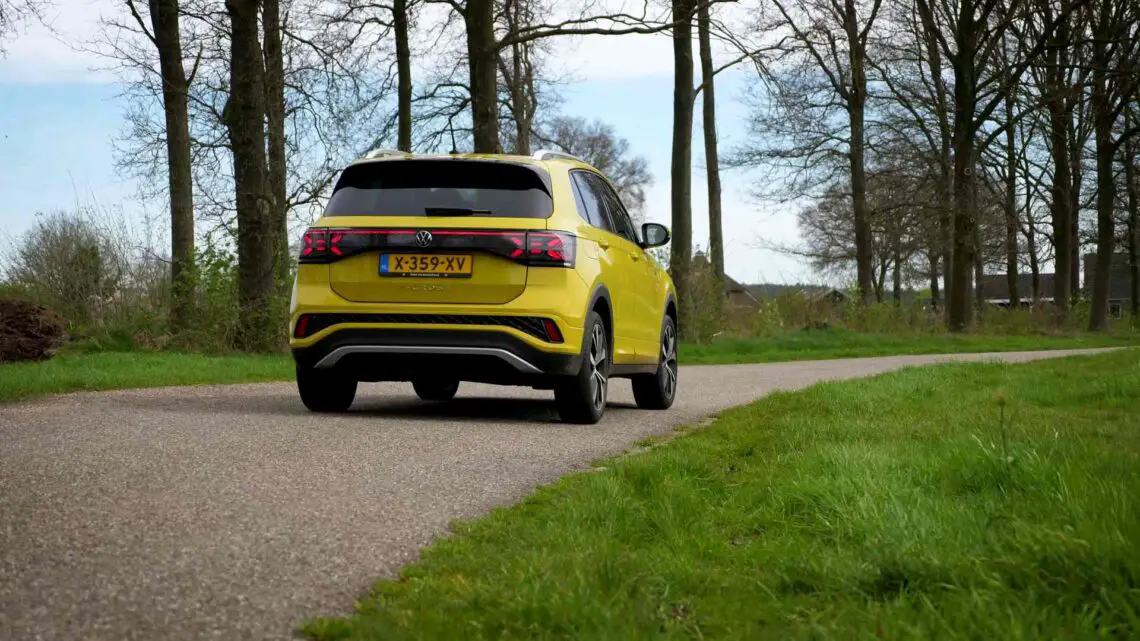
What does the Volkswagen T-Cross cost?
As for prices, there is good news: the updated T-Cross is available from 29,990 euros, which is about 500 euros less than before. We don’t see that often, an interim update that drops the price. For the R-Line version we drove, with the 1.0-liter 115-hp engine, the price starts at 38,390 euros. In the video, we tell you more about the updated Volkswagen T-Cross.

